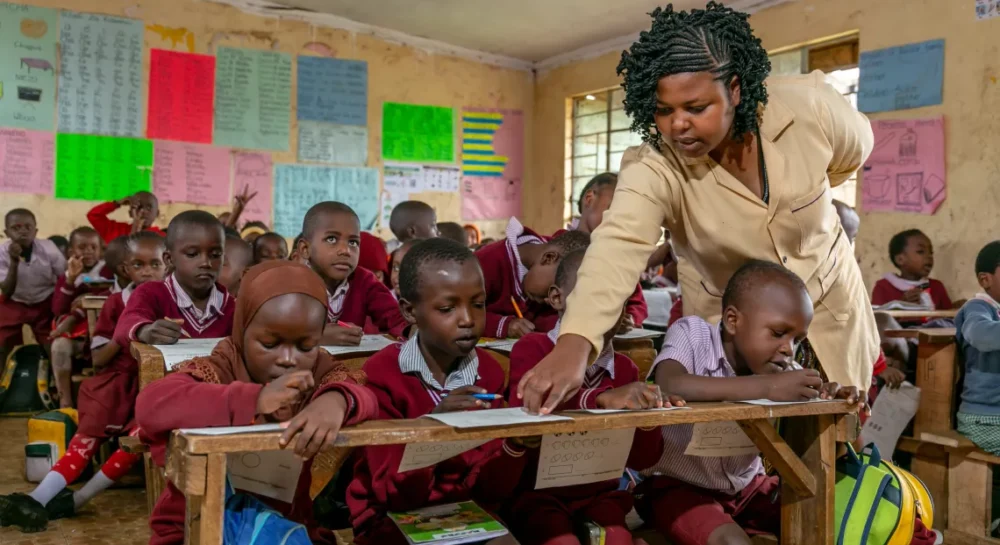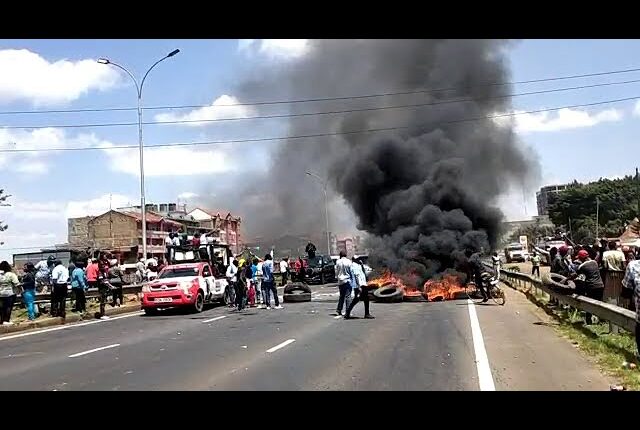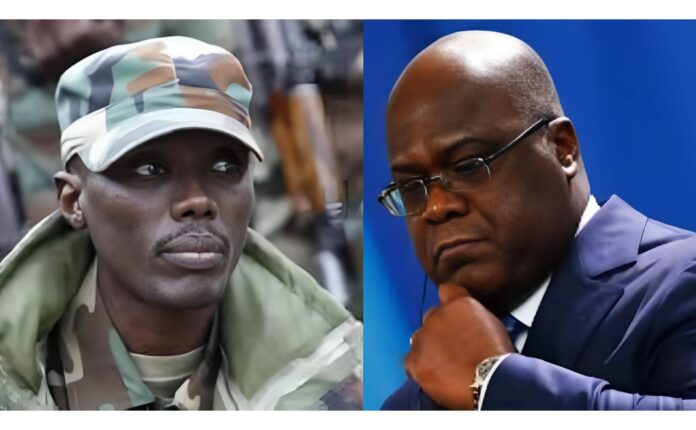As Africa’s population experiences exponential growth, education emerges as one of the most powerful yet often neglected drivers to propel the continent toward sustainable development. While some countries have harnessed education as a true engine of progress, others, particularly in the Sahel region and eastern Democratic Republic of Congo, struggle to keep pace, hampered by chronic shortages of infrastructure, qualified teachers, and financial resources.
Note: Company, Blog, Church websites are free.
The data speaks for itself: according to the OECD, a mere 1% increase in literacy rates can generate a 2.5% rise in productivity and a 1.5% increase in GDP per capita. Such returns on investment should convince African governments to prioritize education as a national imperative.
Successful examples do exist. Rwanda, devastated by the 1994 genocide, has made education a cornerstone of its national recovery. The country heavily invested in ICT, teacher training, and access to primary and secondary education. Today, it reaps the benefits of a more educated, innovative youth oriented toward entrepreneurship.
In North Kivu province, torn apart by decades of armed conflict, education remains a luxury available to only a small minority. While schooling should be a fundamental right, in reality, only children in urban or relatively stable areas have access.
Rural areas and displaced persons camps face dire challenges: destroyed schools, absent teachers, nonexistent materials. Sometimes children must travel several kilometers to find a functioning school. Even then, conditions are harsh: overcrowded classrooms, lack of textbooks, insufficient desks, compounded by the psychological trauma endured by students and teachers.
In this context, education becomes a struggle a privilege reserved for those fortunate enough to be on the safe side of the front line.
At the other end of the continent, Sahel countries Mali, Niger, Burkina Faso rank among the lowest in literacy rates worldwide. Millions of children never set foot inside a classroom.
Those who do attend school face precarious environments: undertrained or absent teachers, dilapidated classrooms, outdated textbooks. The shortage of qualified teachers is alarming: UNESCO estimates that hundreds of thousands of new teachers will be needed by 2030 just to maintain current enrollment levels.
An OECD report warns that illiteracy traps individuals and entire communities in cycles of poverty and exclusion. Without basic education, populations remain excluded from formal employment markets, reliant on humanitarian aid, and vulnerable to all forms of manipulation, including religious or political extremism.
Girls suffer the most: lack of education correlates with early marriage, unwanted pregnancies, and social exclusion. Conversely, each additional year of schooling significantly reduces infant mortality risks and promotes women’s economic empowerment.
Investing in education is not merely a strategy to prepare future citizens it strengthens societal resilience against contemporary challenges such as climate change, geopolitical instability, and digital transformation.
It is urgent that African governments, supported by the international community, implement ambitious, coherent, and sustainable education policies. Because education is the first line of defense against poverty, ignorance, and instability the foundation of any free, prosperous, and equitable society.
- Literacy rate in Niger: approximately 35%
- Projected teacher shortage in Sub-Saharan Africa by 2030: over 15 million
- Secondary school enrollment rate in Burkina Faso: around 30%
- GDP per capita increase linked to a 1% rise in literacy:+1.5% (OECD)



